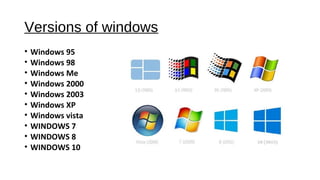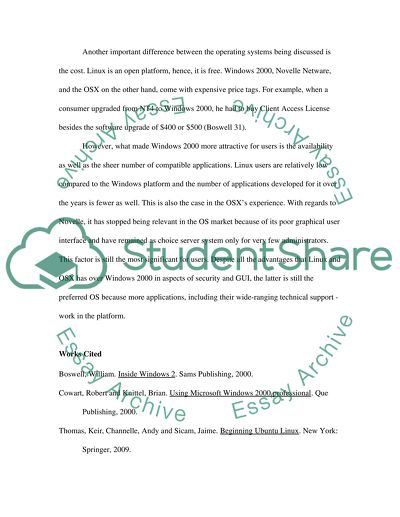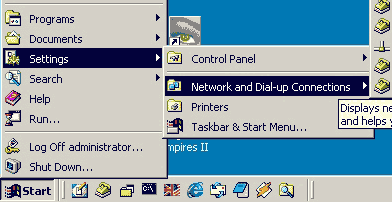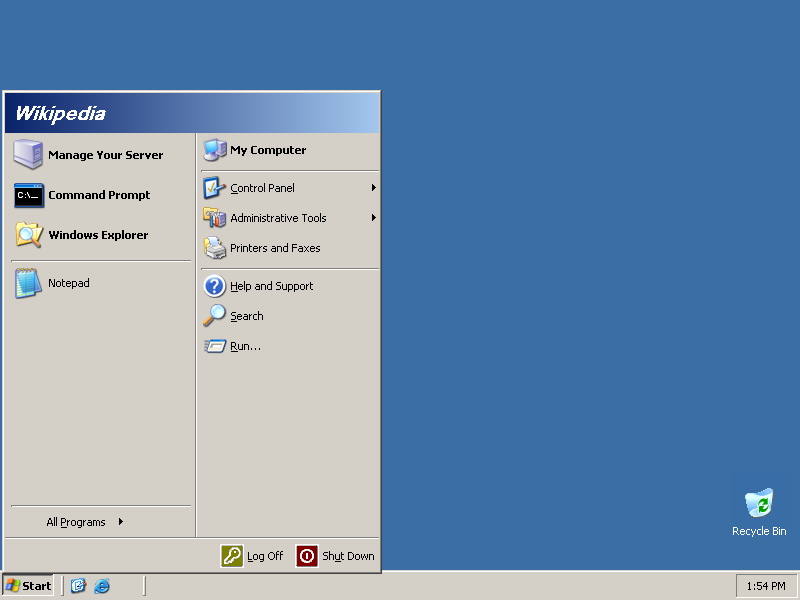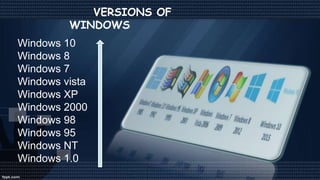Windows 2000 and Linux are both operating systems that were widely used in the early 2000s and continue to have some level of usage today. However, they have some key differences that make them better suited for different types of users and purposes.
One of the main differences between Windows 2000 and Linux is the way they are developed and distributed. Windows 2000 was a proprietary operating system developed by Microsoft and was only available for purchase. On the other hand, Linux is an open-source operating system, which means that its source code is freely available for anyone to modify and distribute.
In terms of user interface and ease of use, Windows 2000 is generally considered to be more user-friendly than Linux. It was designed with the average computer user in mind, and its graphical user interface (GUI) was relatively intuitive and easy to navigate. Linux, on the other hand, is known for its command-line interface, which can be more difficult for inexperienced users to navigate.
Another key difference between the two operating systems is their level of customization. Linux allows users to customize nearly every aspect of the operating system, from the kernel to the desktop environment. This makes it a popular choice for advanced users and developers who want to fine-tune their systems. Windows 2000, on the other hand, offered limited customization options, which made it easier to use but less flexible.
In terms of security, both Windows 2000 and Linux have their strengths and weaknesses. Windows 2000 was known for having vulnerabilities that could be exploited by hackers, but it also had a range of security features that could be enabled to protect against these threats. Linux, on the other hand, is generally considered to be more secure than Windows 2000, due in part to its open-source nature, which allows users and developers to identify and fix vulnerabilities more quickly.
In terms of performance, Windows 2000 and Linux are both capable of running a wide range of applications. However, Linux is generally considered to be more efficient and lightweight than Windows 2000, which can be a benefit for users with older or lower-powered systems.
In conclusion, Windows 2000 and Linux are both operating systems with their own unique strengths and weaknesses. Windows 2000 is generally easier to use and more user-friendly, but Linux offers more customization options and is generally more secure and efficient. The best choice for a particular user will depend on their needs and preferences.
